Atrocity sweeps away illusory claim of fighting for freedom and for human rights
Butembo 20.03.2025 Jpic-jp.org Translated by: Jpic-jp.orgThe eastern Democratic Republic of the Congo (DRC) is once again the scene of unspeakable violence, as the Rwandan-backed M23 rebels continue their brutal campaign. The latest atrocity took place in Goma, the capital of North Kivu province, where hundreds of women were raped and burned alive after rebels set fire to the women’s wing of Munzenze prison during a mass jailbreak.
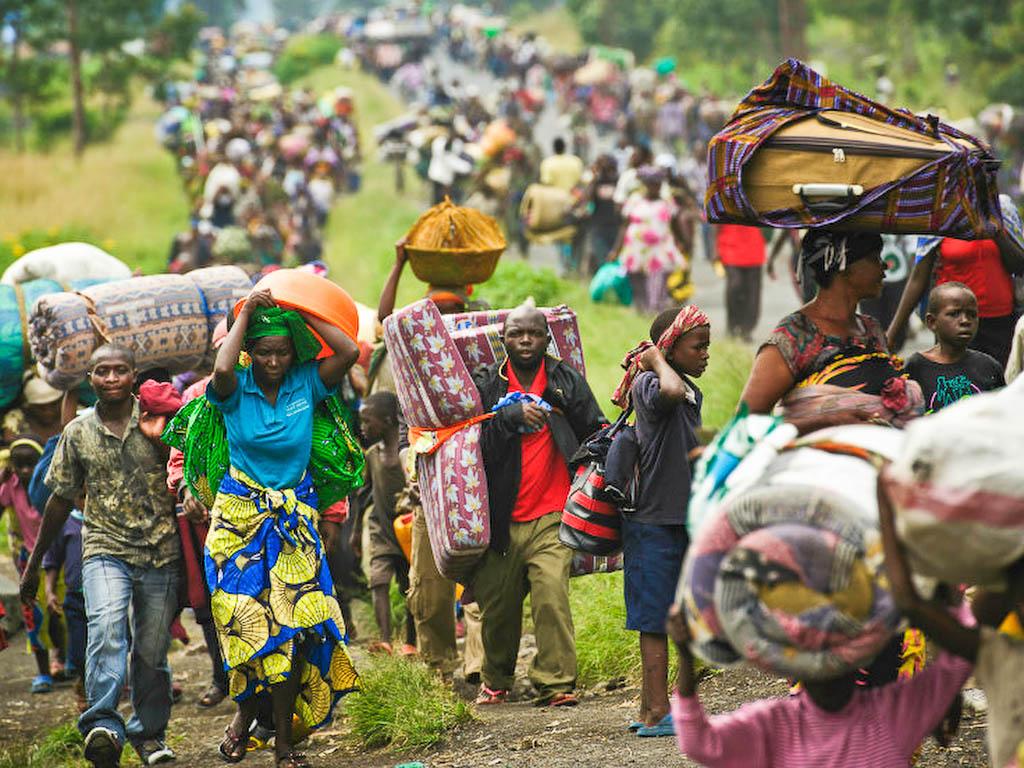
Massacres and Mass Graves. According to the United Nations (UN), around 3,000 bodies have been found strewn across the streets of Goma, still awaiting burial after the city fell to M23 and its allied coalition, the Congo River Alliance (AFC), on January 27. Myriam Favier, head of the International Committee of the Red Cross (ICRC) in Goma, described the situation as dire: “Refrigerated containers and morgues are full; we will have to conduct several days of mass burials.”
Despite M23’s claims of fighting against the so-called dictatorship in Kinshasa and for human rights, the evidence paints a different picture: widespread massacres, forced displacement, and systematic sexual violence.
Horrific Violence Against Women
During the chaos of the takeover, female inmates in Munzenze prison were subjected to a brutal attack. While thousands of male prisoners managed to escape, the women’s section was deliberately torched. Vivian van de Perre, the deputy head of the UN peacekeeping force in Goma, confirmed the atrocity: “A few hundred women were in that prison. They were all raped, and then the women’s wing was set on fire. They all died afterwards.”
This incident is considered the worst atrocity of the ongoing M23-led conflict in eastern DRC. UN peacekeepers have been unable to enter the prison to investigate due to M23-imposed restrictions, leaving the full extent of the massacre unknown.
The UN Office of the High Commissioner for Human Rights (OHCHR) has issued a warning that sexual violence is being systematically used as a weapon of war by rival armed groups in Goma.
Strategic Moves and Fear of Further Expansion
The city of Goma, home to over one million people, is now fully under the control of M23 forces. On February 5, the militia unexpectedly announced a unilateral ceasefire. However, fears are growing that Rwanda is intent on seizing more Congolese territory. M23 forces have been steadily advancing southward toward Bukavu, the capital of South Kivu province, located 190 km (120 miles) from Goma.
Despite a statement from the Congo River Alliance—of which M23 is a member—claiming they have no intention of taking control of Bukavu or other locations, few believed their assurances. Van de Perre voiced concerns: “I hope it stays that way because we have already seen them moving toward Bukavu with reinforcements and heavy weaponry.” It was an illusory statement to distract attention of the 2,000 Burundian troops in Bukavu who have been deployed to counter M23’s advance. Instead the M23 kept Bukavu before shifting its focus southward, toward Uvira, near the Burundi border and the shores of Lake Tanganyika. Meanwhile M23 also switched toward Kisangani, the third city of the country for its strategic and economical importance. They had already peacefully occupied Walikale 400 km far from it, but thanks to good roads and military transports they have, reaching Kisangani it can be a question of days.
Rwandan Involvement and International Response
Despite overwhelming evidence, Rwanda continues to deny any involvement in the conflict or support for M23. However, UN peacekeeping forces, known as MONUSCO, have confirmed sightings of Rwandan soldiers patrolling alongside M23 fighters.
Van de Perre has called on the UN Security Council to increase pressure on Rwanda, emphasizing that only significant international intervention can bring the warring parties back to the negotiating table. Some senior UN officials believe Rwanda aims to annex a vast portion of the DRC, larger than Rwanda itself, as part of a long-term strategy to bring the Kivu region under Rwandan administrative control.
The Humanitarian Crisis Deepens
First-hand testimonies from survivors depict horrifying scenes of brutality. Women have been raped in front of their families, children executed, and homes looted as M23 militants rampage through Goma and Bukavu. Wealthier residents have fled across the borders into Uganda and Rwanda, while those who remain face looting and violence.
Van de Perre has described the worsening humanitarian situation, stating that movement within Goma is increasingly difficult. “M23 allows us to bring food and water to our bases, but beyond that, we can hardly move.”
As M23 and its allies push further away from the Rwandan border, the logistical support from Kigali appears to be diminishing. Reports indicate that rebel forces, struggling with limited supplies, have begun looting local populations to sustain their campaign.
The People’s Resistance
Amid the growing chaos, resistance movements are beginning to form. In Butembo, civilians fear the violence will soon reach them. Merchants have started hiding their goods or transporting them to Uganda for safekeeping. Meanwhile, local youths have pledged to take up arms against M23 and their Rwandan allies, whom they refer to as “oppressor Tutsi.”
With reports emerging of groups preparing a counter-offensive, the region teeters on the brink of even greater bloodshed. As Van de Perre noted, “We already have reports that in certain places, people are gathering and organizing.”
As the world watches, eastern DRC remains engulfed in terror and uncertainty, with no clear resolution in sight.






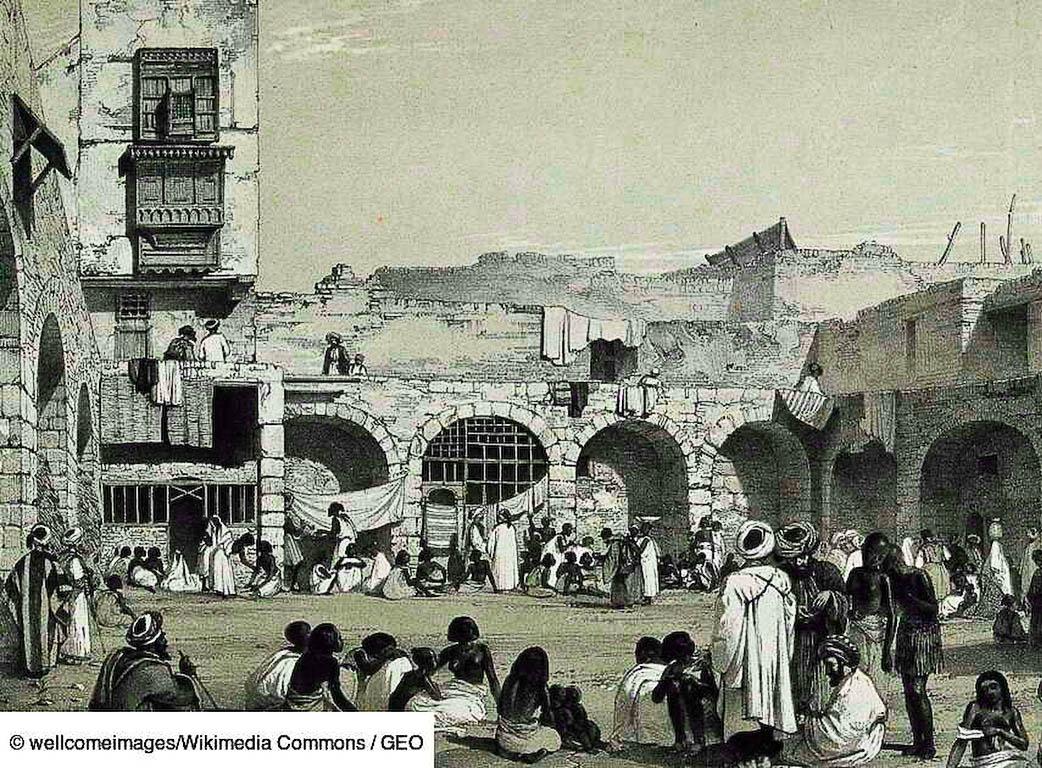
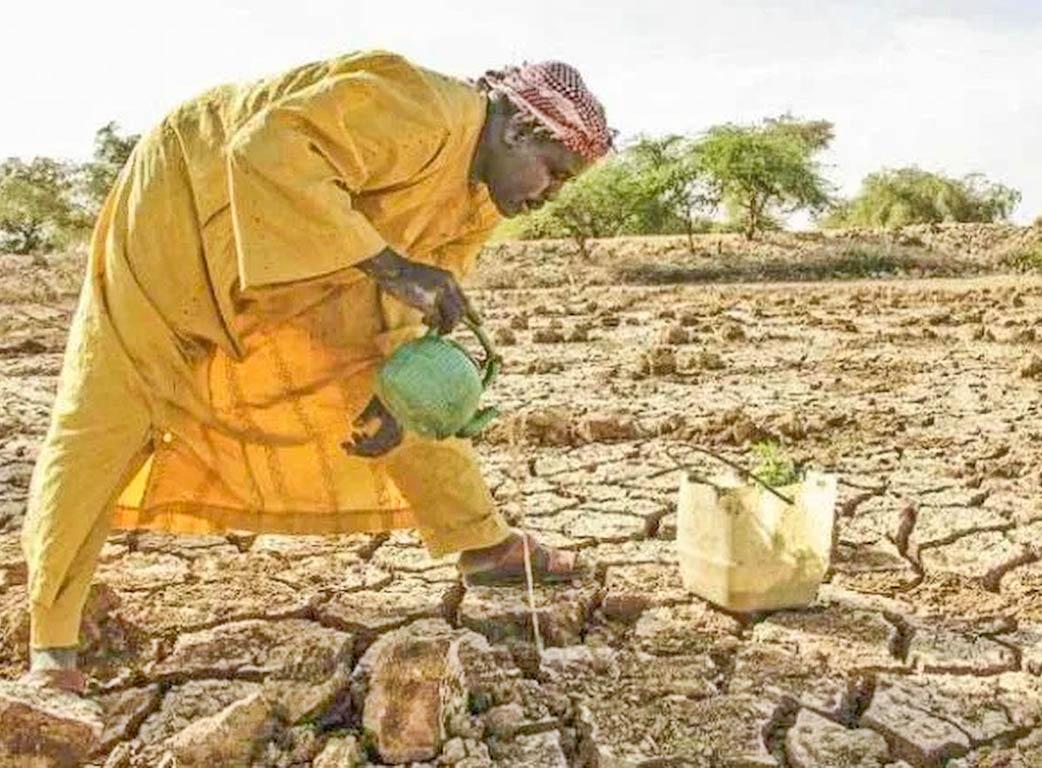
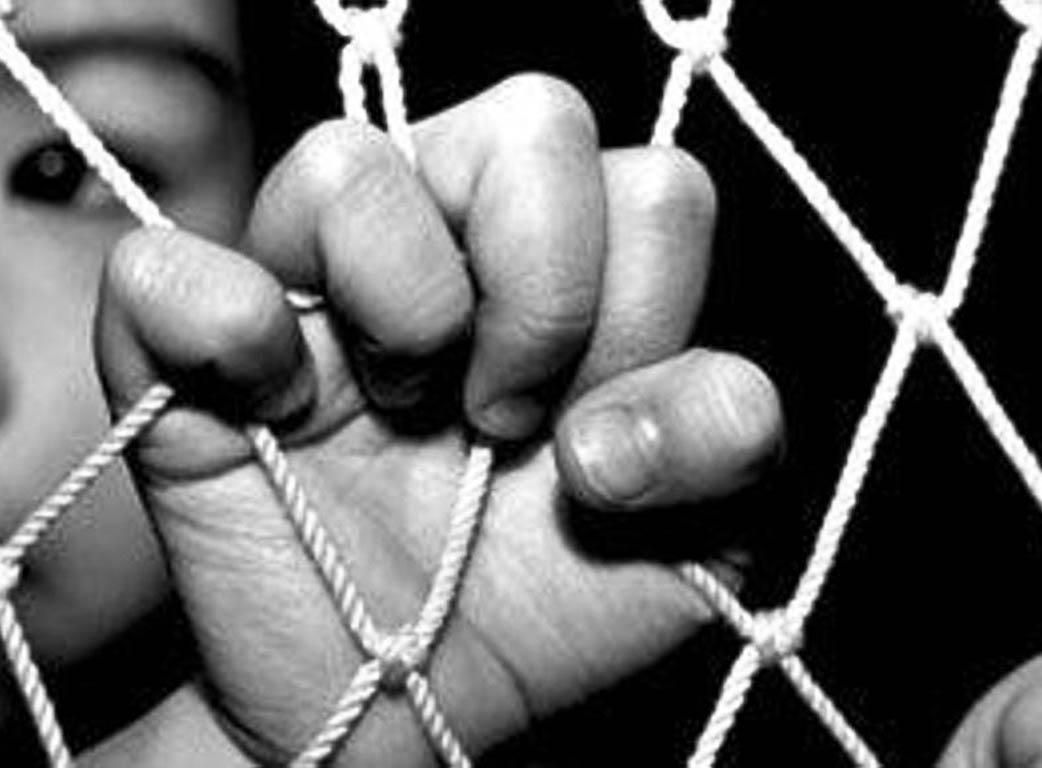


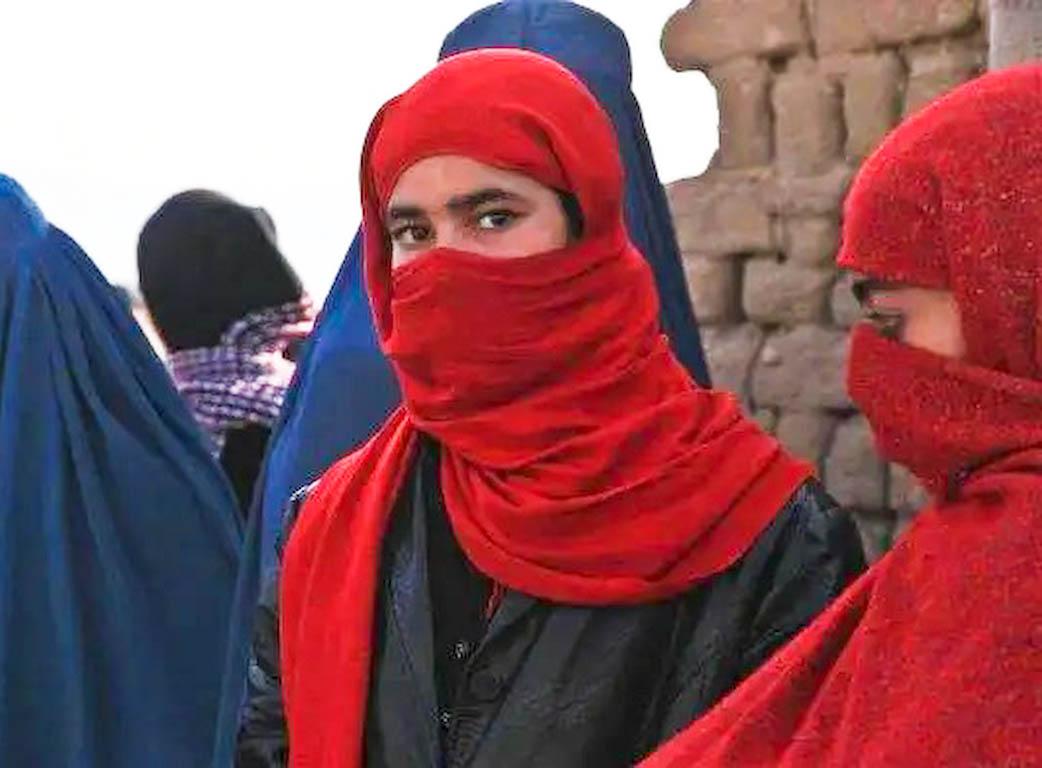
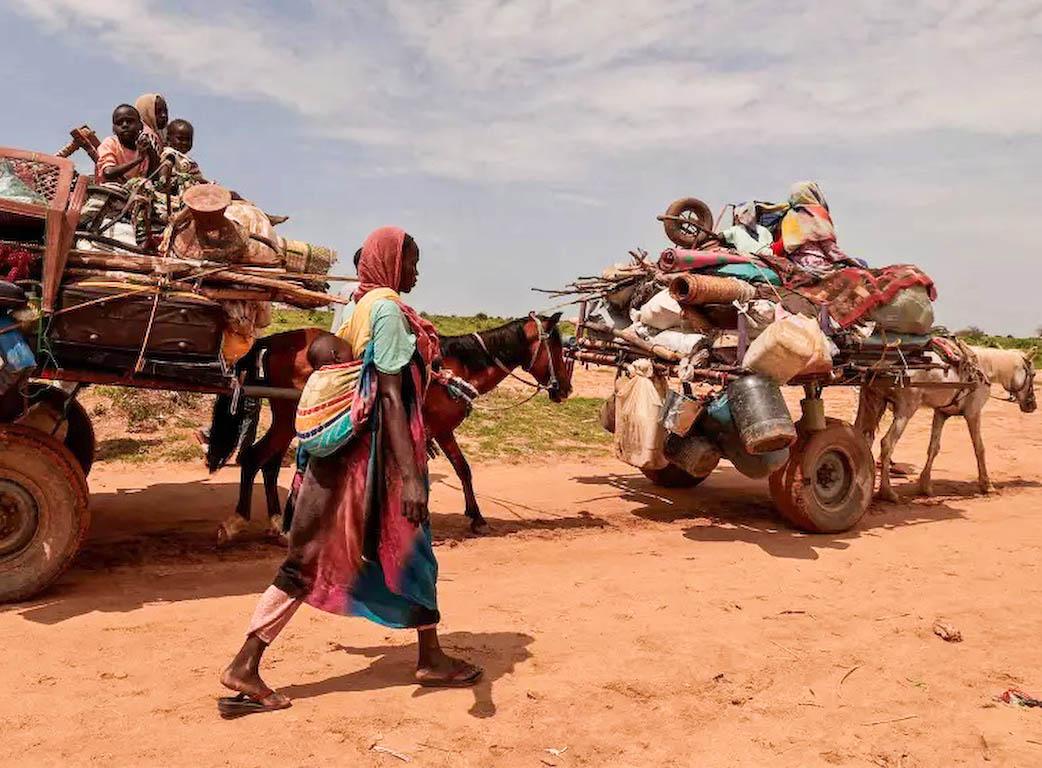
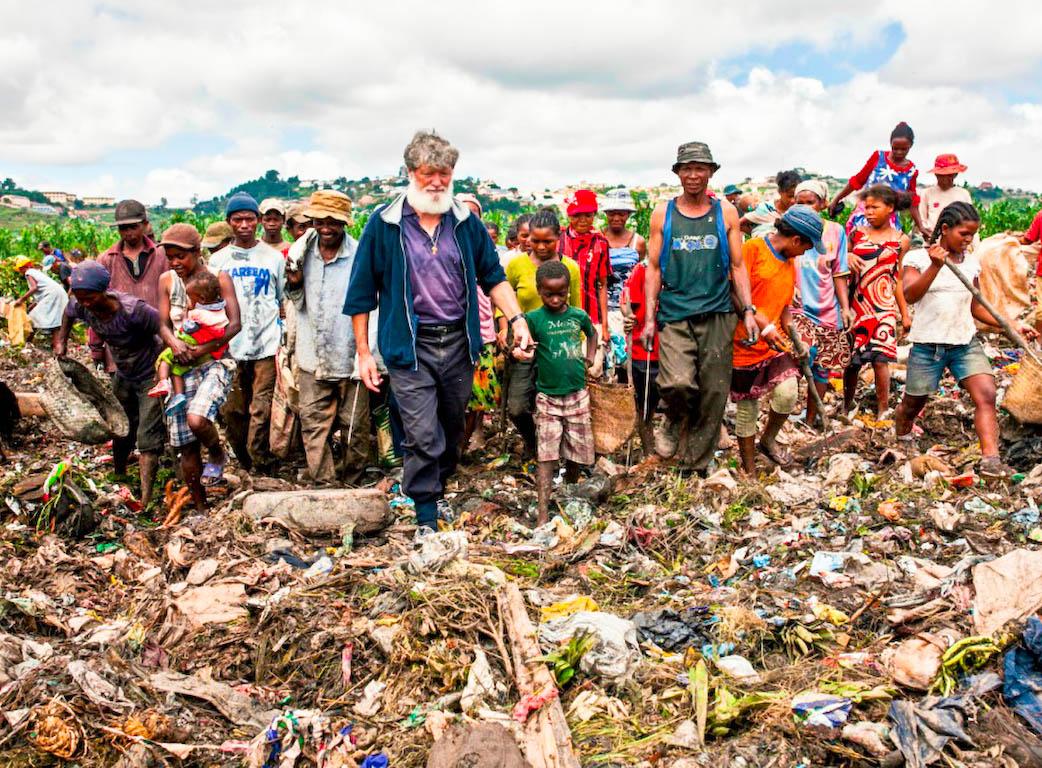
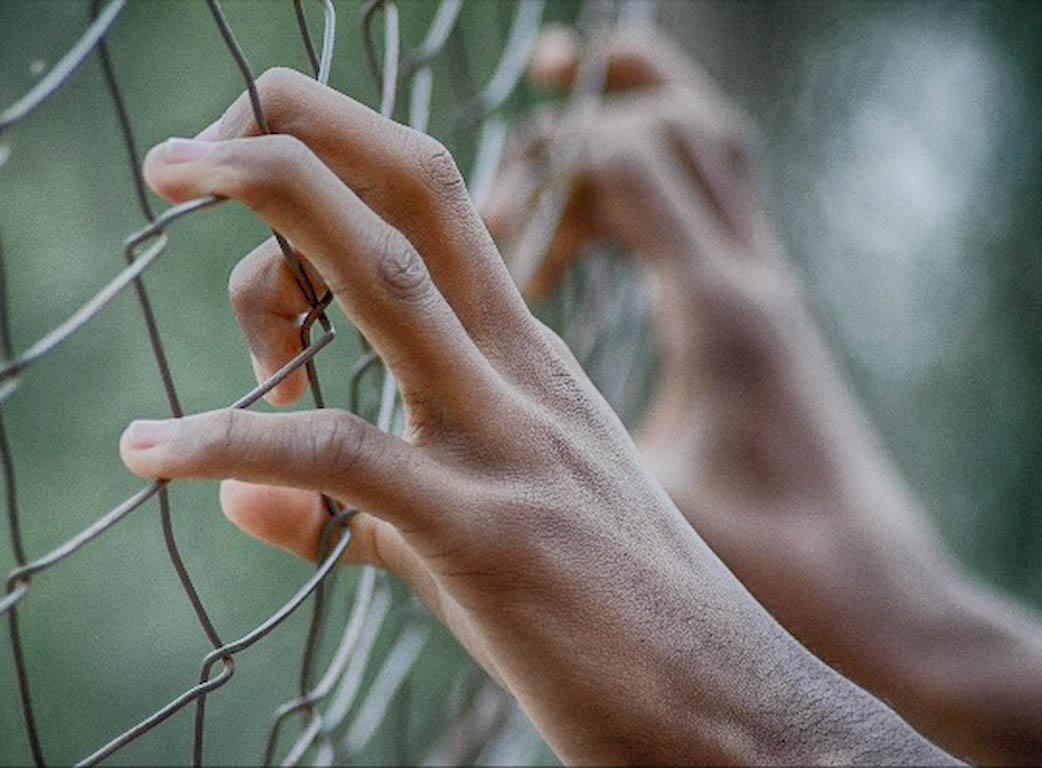






 EDitt | Web Agency
EDitt | Web Agency
Leave a comment